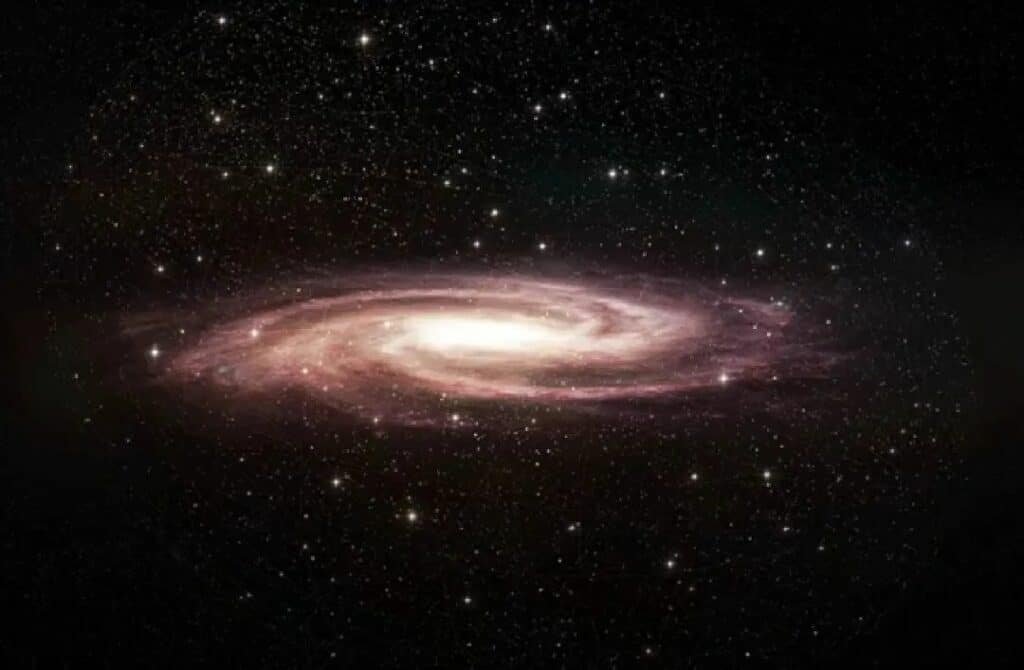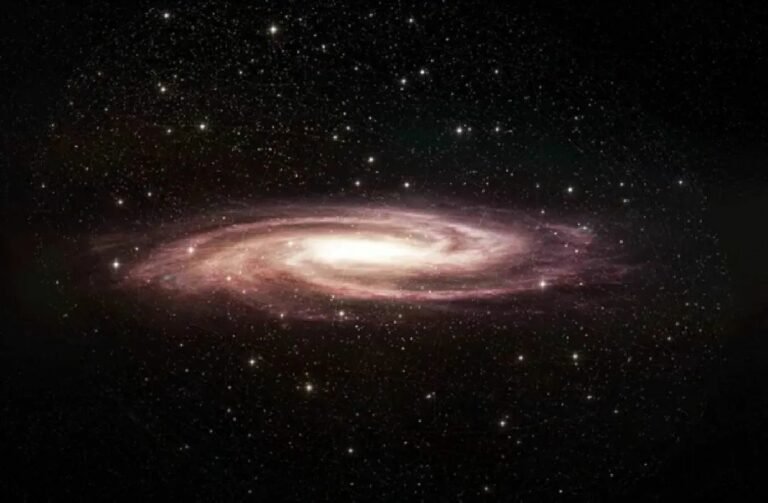
Stellar halos are dominated by unobservable dark matter, which acts as a scaffold from which matter hangs and gravitationally forms observable galactic structures such as stars.
Astronomers usually consider stellar halos to be isotropic, i.e., tending to be spherical.
Recently, a study in the Astronomical Journal developed a new model for this, finding that the stellar halo of the Milky Way is rugby-ball shaped and tilted.
The researchers combined two datasets from the European Space Agency’s Gaia Space Telescope and the Multi-Mirror Telescope H3 spectrograph (Stellar Halo High Resolution Spectrograph) in 2013 to build a flexible new model.
According to the modeling results, the stellar halo of the Milky Way is rugby-ball shaped.
The researchers believe that the structure of the stellar halo consists of two stacks of stars that formed during the collision of the dwarf galaxy Gaia Sausage Structure (GSE) with the Milky Way 7 to 10 billion years ago.
When the GSE reached the farthest point of its motion around the Milky Way, the stars in it decelerated twice as much at the apocenter and were attracted by the strong gravitational force of the Milky Way and dislodged and dispersed in the stellar halo.
At the same time, the tilted angle of the stellar halo indicates that the GSE collides with the galaxy at an angle rather than in a straight line.
And the dark matter-dominated structure may be tilted.
This study has implications for the interaction and evolution of galaxies, and the nature of dark matter.
